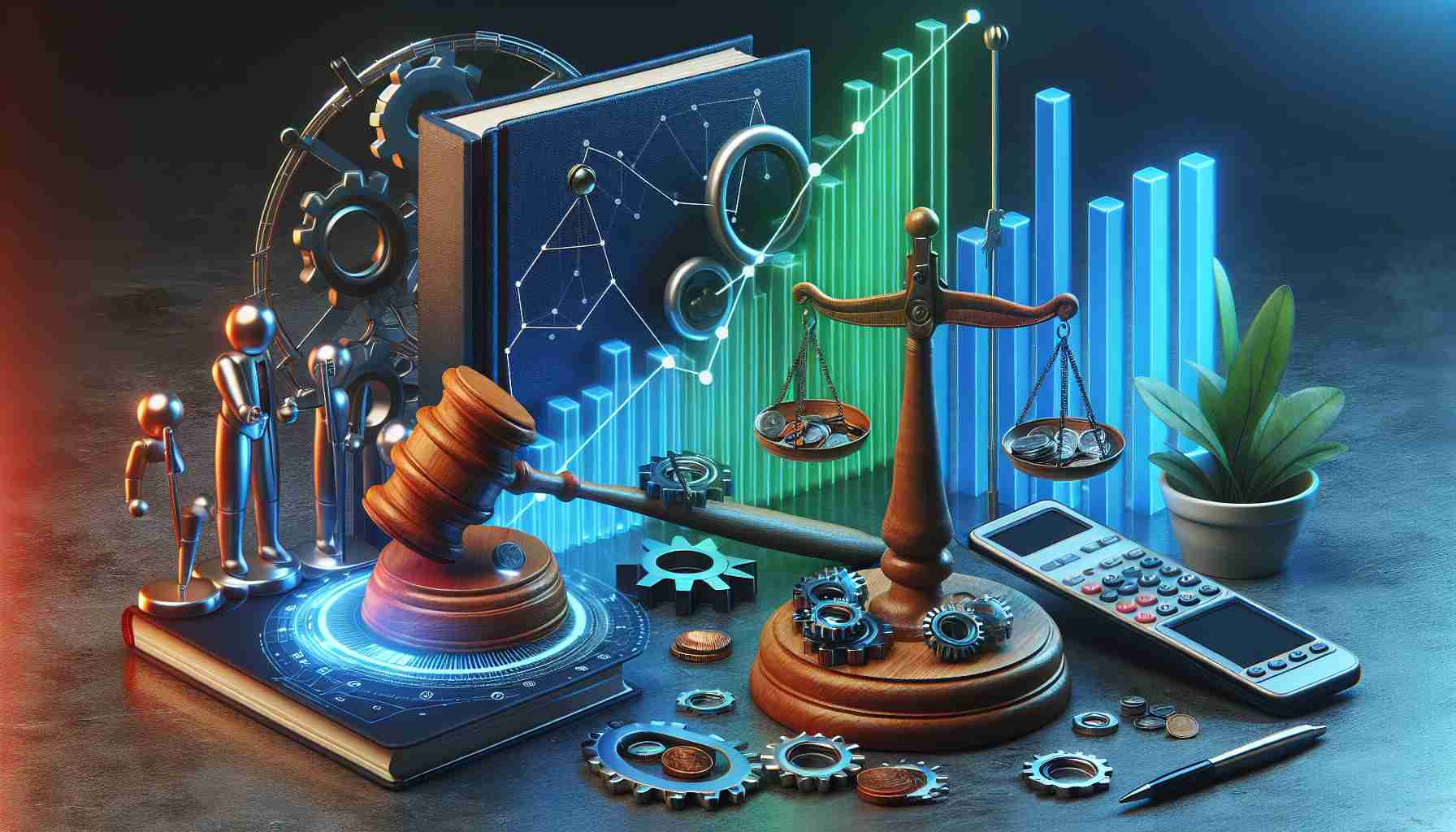The development of digital tools is becoming increasingly common and raises questions about how it should be monitored. Kip Tom, the former Ambassador of the United States for the United Nations Agencies for Food and Agriculture, shares his insights on the impact of digital tools on agriculture, the balance between regulation and policy, cybersecurity, and messaging for decision-makers. Joanna Guza, the host of the Dairy Stream program, discusses the following topics with Kip:
1:18 – Digital tools and their impact
3:30 – Examples of digital tools
4:48 – How digital tools are changing agriculture
6:24 – Balancing digitization and monitoring
7:42 – Should there be regulations or policies?
8:59 – Example of excessive regulations
10:44 – Negative consequences of excessive regulations
12:50 – Who should monitor digital tools
15:50 – Compliance of digital tools
18:28 – Cybersecurity and data protection
19:32 – Tracking the development of digital tools
20:28 – Messaging for decision-makers
22:27 – Farmers as problem solvers
Special thanks to Connecterra for sponsoring this episode.
About the guest:
Kip Tom is the chairman of Tom Farms and the former Ambassador of the United States for the United Nations Agencies for Food and Agriculture.
This podcast is co-produced by the Dairy Business Association and Edge Dairy Farmer Cooperative, partner organizations that advocate for effective dairy industry policies in Wisconsin and Washington. If you would like to become a sponsor, share ideas, or provide feedback, please email [email protected].
FAQ:
1. How do digital tools impact agriculture?
Digital tools have a growing impact on agriculture. The development of digital technology allows farmers to utilize tools such as smart sensors, big data, and artificial intelligence. With these tools, they can monitor crop conditions, optimize production processes, and make more informed decisions, which can contribute to increased efficiency and profitability in agriculture.
2. What are examples of digital tools used in agriculture?
Examples of digital tools used in agriculture include smart sensors that monitor soil moisture, temperature, or irrigation, systems for collecting and analyzing data from field machinery, crop planning and fertilizer optimization programs, and automated control and monitoring systems on animal farms.
3. How do digital tools change agriculture?
Digital tools change agriculture by introducing new technologies that support cultivation processes, animal husbandry, and farm management. They enable better monitoring, analysis, and optimization of various aspects of agricultural production, which can lead to increased productivity, improved quality, and reduced negative impacts on the environment.
4. What is the balance between digitization and monitoring in agriculture?
The balance between digitization and monitoring in agriculture involves finding the right compromise between using digital tools and the need to monitor their impact and regulate them. It is important to develop and utilize new technologies while also controlling their effects and consequences for agriculture, the environment, and society as a whole.
5. Should there be regulations or policies regarding digital tools in agriculture?
The introduction of regulations or policies regarding digital tools in agriculture depends on the context and needs of a specific country or region. It is important to find the right balance between encouraging technological development and protecting the interests of farmers, consumers, the environment, and society. Decision-makers should consider various factors and evaluate the costs and benefits of implementing appropriate regulations.
6. Who should monitor digital tools in agriculture?
Monitoring digital tools in agriculture should be the responsibility of relevant institutions that have expertise and knowledge in the areas of new technologies, agriculture, the environment, and consumer protection. This can include government agencies responsible for agriculture and food safety, industry organizations, or universities conducting research in this field.
7. How to ensure compliance of digital tools in agriculture?
Ensuring compliance of digital tools in agriculture requires the development of norms, standards, and procedures for their application and monitoring. It is also important to educate farmers and other users about the benefits, risks, and proper use of these tools. Support in terms of training, access to information, and consultations can help ensure compliance and effective utilization of digital tools.
8. What are the issues related to cybersecurity and data protection in agriculture?
The increasing use of digital tools in agriculture necessitates ensuring an adequate level of cybersecurity and data protection. It is important to secure access to agricultural data, cloud resources, automation systems, etc. Adopting appropriate IT security principles and practices, as well as raising awareness about cyber threats, can help minimize risks and protect the interests of farmers.
9. How to track the development of digital tools in agriculture?
The development of digital tools in agriculture can be tracked through monitoring scientific research, industry publications, participation in conferences and training on the subject, as well as following the activities and initiatives in the agriculture, agrotechnology, and IT sectors.
10. What is the message for decision-makers regarding digital tools in agriculture?
The message for decision-makers regarding digital tools in agriculture is the need to consider the potential and challenges associated with these technologies. It is important to promote innovation, support farmers in accessing digital tools, and regulate and monitor their impact on agriculture, society, and the environment in a responsible and sustainable manner.
11. Where to find more information about digital tools in agriculture?
If you are looking for more information about digital tools in agriculture, it is worth visiting the website of Connecterra, which is the sponsor of this podcast. You can find more information about new technologies applied in agriculture and their impact on the sector. Link to Connecterra’s website: connecterra.io.
The source of the article is from the blog mendozaextremo.com.ar
